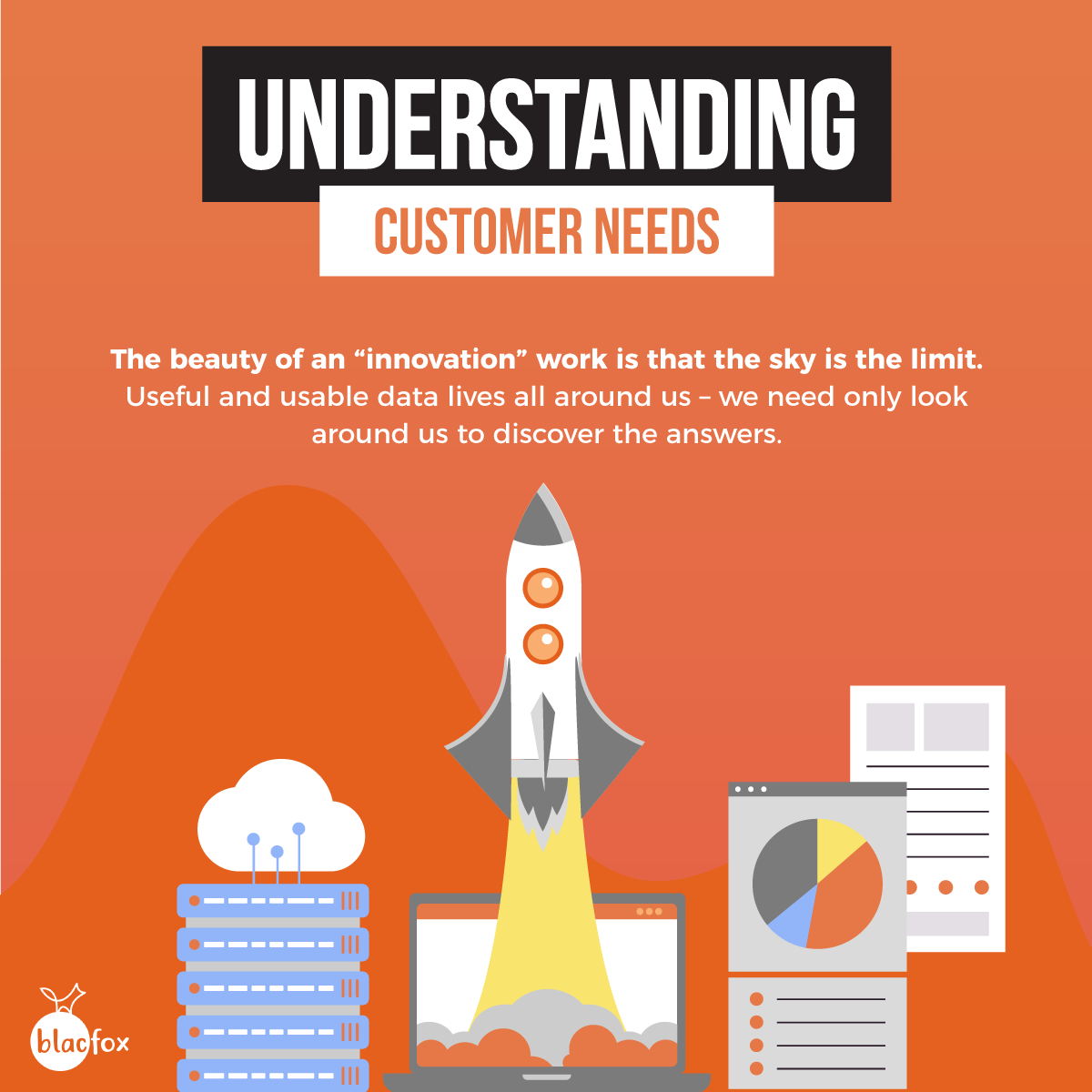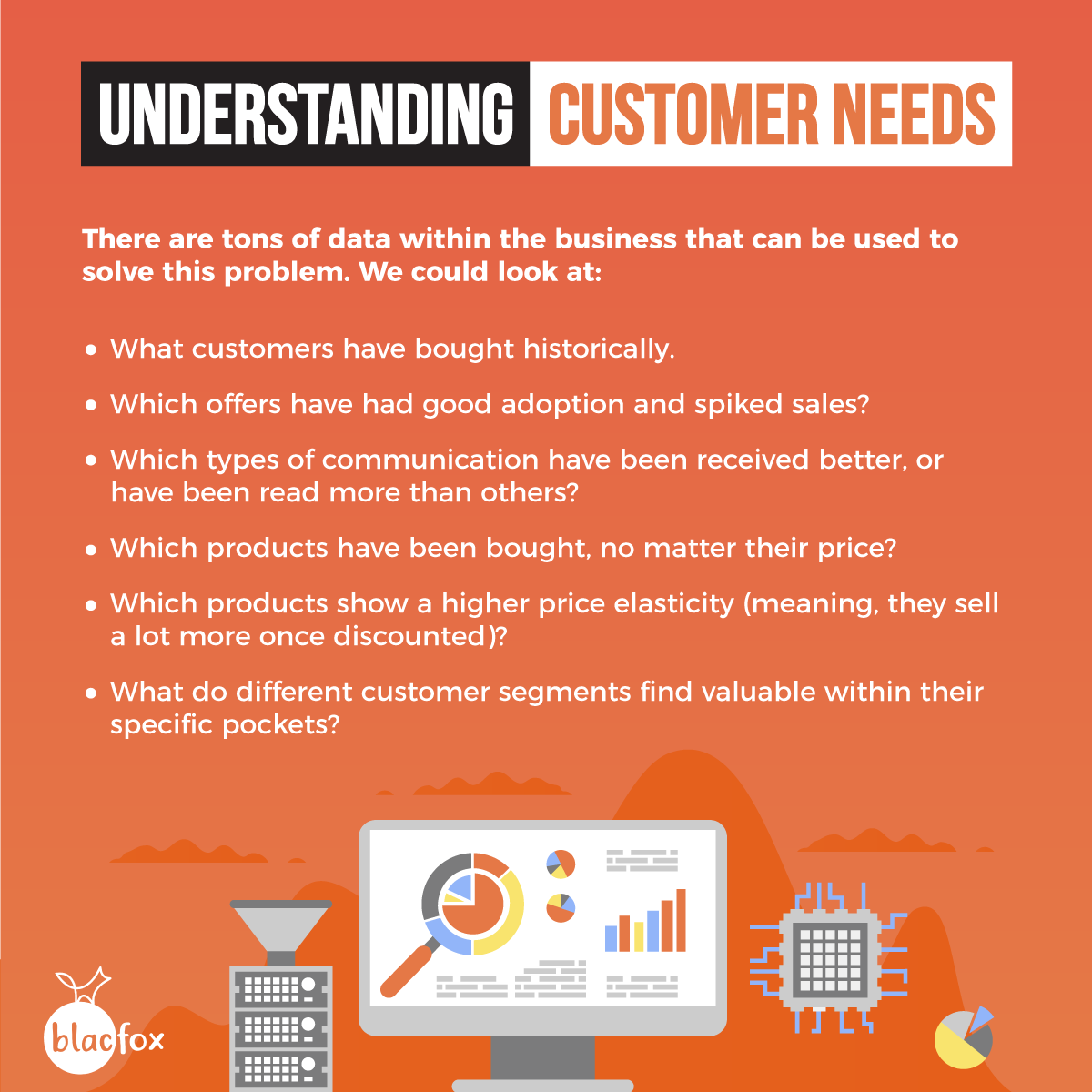
Whether a seasoned business leader or a new entrepreneur, figuring out what a customer wants, or needs can be overwhelming. Quite an open-ended problem statement, right? Oftentimes, it seems as though customers themselves cannot tell you what they want until it becomes available.
There is an element of perception in all this, then. And before we go down the rabbit hole trying to work out exactly what a customer wants, it is easier to start with this question: what would a customer find useful or valuable? Of course, this is likely to produce any number of ideas. Prioritizing these ideas from the customer’s vantage point is where things can get tricky.
I know a lot of business leaders who are overconscientious about collecting customer preferences via survey. While this is good discipline, it is certainly not the only way to collect feedback. Surveys have their place, but they are not the cure-all many believe them to be. One of the biggest drawbacks of surveys is that they can be very limiting. Respondents tend to answer only in line with the questions asked, which curbs creativity in answers. It is not always easy to get a customer to think outside the box about what they would like in terms of product features or services. For this reason, it is often easier to get a customer to provide feedback about existing products and services. Thing is, this classifies more as “customer service” work than an “innovation” work.

People within the business who regularly interact with customers. These people, sometimes through their most mundane customer interactions, are sitting on any god’s quantity of ideas from the horse’s mouth, so to speak. They are privy to customers’ likes and dislikes. Most importantly, they are well-positioned to imagine answers to the main question. That is, “what are customers likely to find useful or valuable”? The only thing to be watchful of here is whether their personal views are obscuring their perception. This is particularly dangerous when a person is answering based on their own biases or preferences, and not based on the ideas they have collected from customers. The real question we would like answered is, “what would the customer likely find useful or valuable?”
There are tons of data within the business that can be used to solve this problem. We could look at:-
- What customers have bought historically.
- Which offers have had good adoption and spiked sales?
- Which types of communication have been received better, or have been read more than others?
- Which products have been bought, no matter their price?
- Which products show a higher price elasticity (meaning, they sell a lot more once discounted)?
- what do different customer segments find valuable within their specific pockets?
Based on the above, then, what would your customer find valuable or useful? Clearly, this is a question best answered by the marketer’s unbiased observation of, and attentiveness to, their customer. An answer that will help an organization give the customer exactly what they want or need. Most importantly, an answer that will ensure you are better equipped to understand the customer’s needs, the mutual benefits of which are limitless.
For more in our digital marketer’s handbook series, “Buying Reimagined”, watch this space.
Edited and published by Valmae Maple


